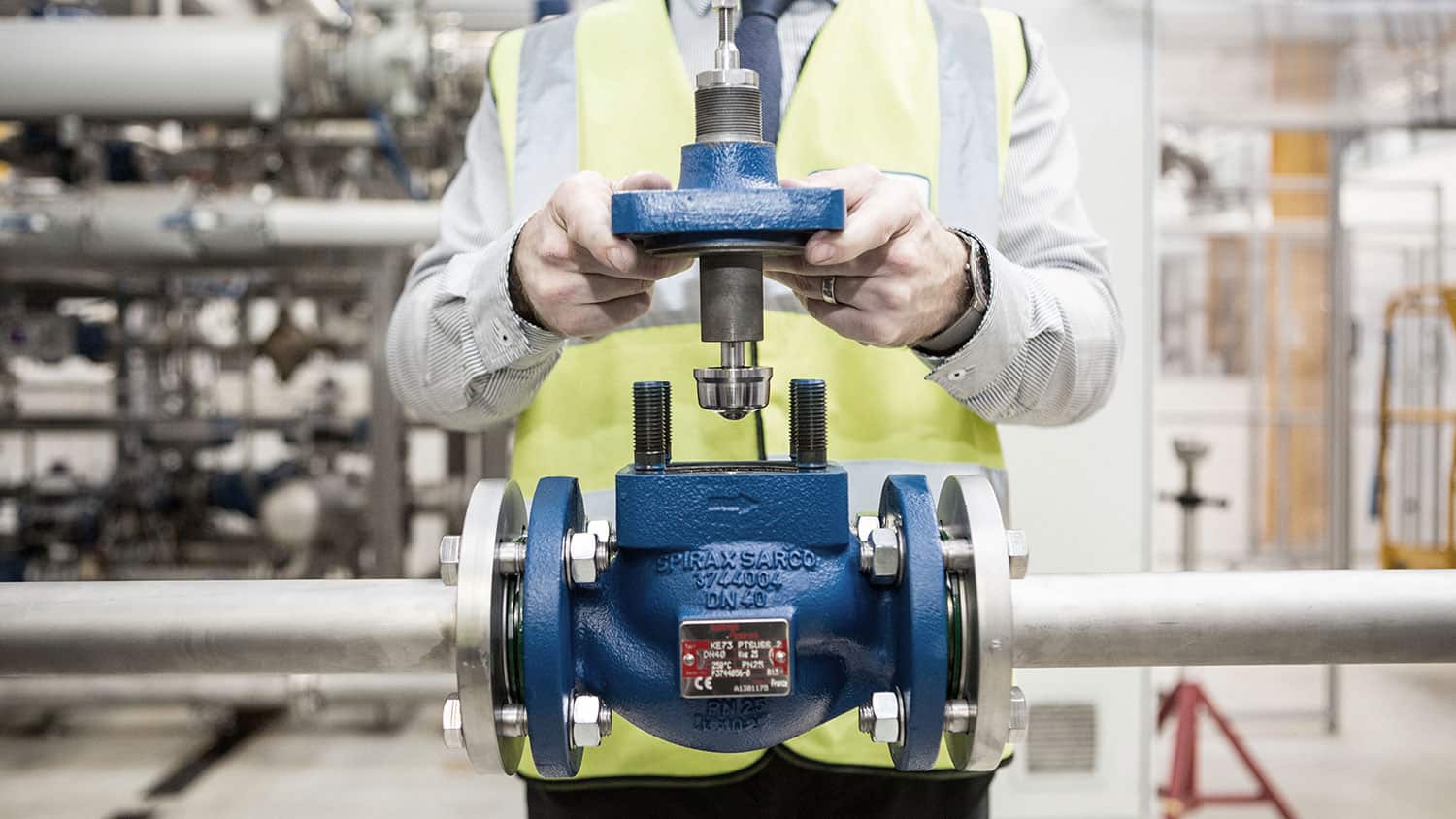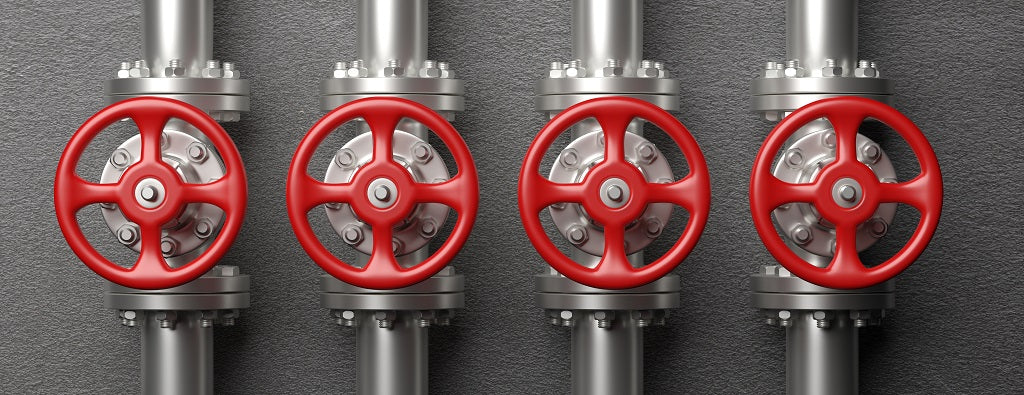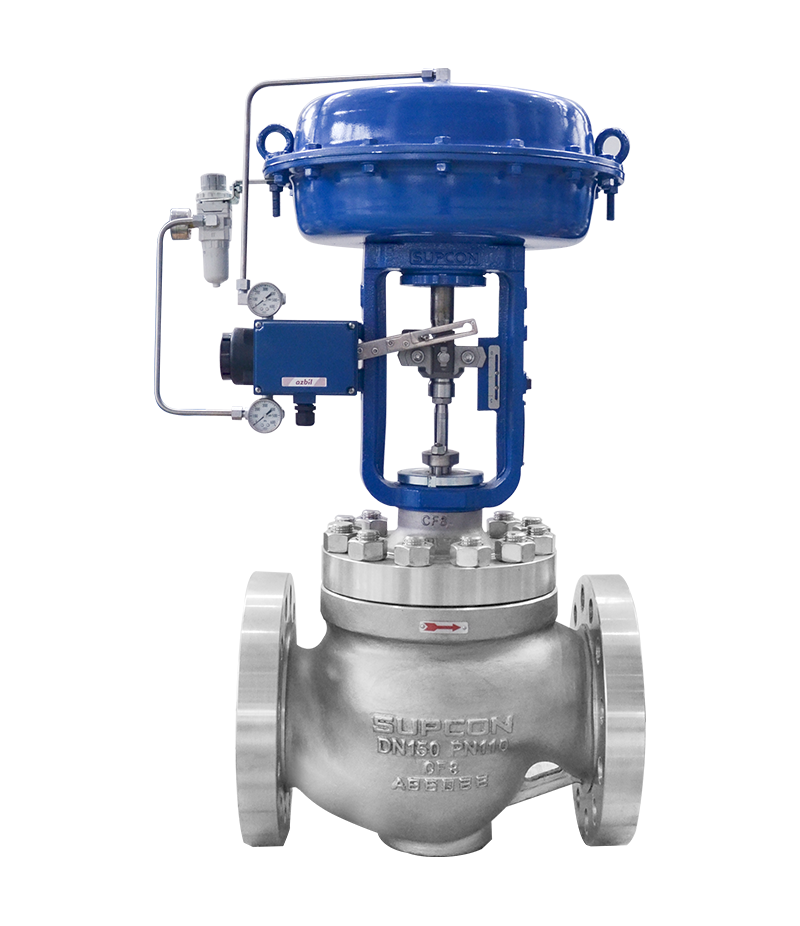Comprehending the Significance of Control Valves in Process Automation

Maximize Power Savings and Comfort With Advanced Building Automation Controls
In the realm of contemporary architecture and facility management, the integration of innovative structure automation manages stands as a crucial innovation. The convergence of innovation and sustainability has birthed a new era where energy effectiveness, comfort optimization, and operational streamlining are no more remote aspirations but possible truths. By harnessing the power of automation, buildings can adjust, react, and advance in manner ins which were once unimaginable. The capacity for substantial energy cost savings and boosted comfort is not just an opportunity however a promise waiting to be met. This standard shift in structure administration holds the vital to opening a world where environmental conscientiousness and occupant health harmoniously coexist within the wall surfaces of our structures.
Energy Performance Conveniences
Energy performance benefits can substantially reduce energy intake and functional prices in buildings. By applying energy-efficient practices and innovations, structure proprietors and operators can achieve considerable savings while likewise contributing to environmental sustainability. Among the key benefits of enhancing power performance in buildings is the reduction of utility costs. Energy-efficient systems, such as advanced building automation controls, can enhance making use of resources like illumination, heating, and air conditioning, bring about lower energy costs over time.
Furthermore, enhanced power performance can prolong the life-span of structure devices and systems. By running a lot more efficiently, a/c systems, lighting fixture, and various other building parts experience less wear and tear, resulting in reduced maintenance and replacement costs. Furthermore, energy-efficient buildings frequently regulate greater residential or commercial property values and rental rates, giving long-lasting monetary advantages to owners.
Furthermore, power effectiveness can enhance occupant convenience and performance. Appropriately regulated interior atmospheres with optimal illumination and thermal conditions produce a more enjoyable and helpful work area, resulting in enhanced staff member contentment and performance. On the whole, the energy effectiveness benefits associated with sophisticated structure automation controls are multifaceted, incorporating expense financial savings, environmental stewardship, and passenger health.
Enhanced Convenience Control
Enhancing convenience control in structure atmospheres requires a sophisticated assimilation of advanced automation systems for optimal occupant health. By making use of sophisticated building automation controls, facilities can tailor the indoor atmosphere to meet the specific demands and choices of passengers. control valves.
Improved convenience control exceeds basic temperature adjustments. It consists of features such as tailored settings, tenancy sensors, and all-natural light usage to create a responsive and vibrant environment. By including these advanced controls, buildings can not only boost comfort yet also enhance power efficiency by maximizing system operations based on actual occupancy and use patterns. Eventually, focusing on occupant convenience via sophisticated automation systems leads to an extra satisfying and much healthier indoor atmosphere.
Functional Performance Improvements

In addition, the application of real-time monitoring and analytics devices allows building operators to identify power ineffectiveness and operational anomalies immediately. By continually keeping track of energy usage patterns and system efficiency metrics, adjustments can be made in real-time to maximize energy intake and make certain peak operational performance. control valves. Additionally, including demand feedback techniques right into building automation controls can additionally improve functional efficiency by dynamically changing power usage based upon grid conditions and prices signals
Indoor Environment Optimization
Effective indoor climate optimization is an essential aspect of building automation controls, ensuring residents' convenience and well-being while making best use of energy cost savings. By making use of advanced sensors and controls, constructing automation systems can continuously check and readjust temperature level, humidity levels, air quality, and ventilation to produce an optimum interior environment. Keeping consistent and comfortable conditions not just enhances resident satisfaction but also improves performance and total health.
Interior environment optimization get more additionally plays a vital function in energy efficiency. By fine-tuning cooling, air flow, and home heating systems based upon real-time data and occupancy patterns, constructing automation controls can significantly minimize power usage - control valves. Executing strategies such as demand-controlled air flow and thermal zoning can assist reduce power waste while making sure that each area of the building gets the required conditioning.

Lasting Atmosphere Development
Structure automation manages not only maximize indoor climate problems for power efficiency and occupant convenience find out this here but additionally lay the foundation for creating a lasting environment with tactical management of resources and systems. By integrating innovative building automation technologies, such as sensing units, actuators, and intelligent software, centers can adjust and check energy usage in real-time to reduce waste and reduce their carbon footprint. These systems make it possible for predictive upkeep, determining potential problems prior to they escalate and enhancing tools efficiency to enhance durability and performance.
Furthermore, lasting setting creation extends beyond power monitoring to include water conservation, waste decrease, and indoor air quality improvement. Building automation controls can regulate water use, detect leakages, and make sure correct garbage disposal practices, contributing to general sustainability initiatives. Additionally, by controlling and keeping track of ventilation and filtering systems, these technologies enhance resident health and wellness and performance while decreasing energy consumption associated with cooling and heating operations.
Conclusion
To conclude, progressed structure automation regulates deal substantial advantages in regards to energy savings, comfort control, operational efficiency, interior environment optimization, and producing a lasting atmosphere. By implementing these controls, structures can accomplish ideal performance while reducing power usage and improving owner comfort. It appears that the usage of advanced automation technology is essential in improving structure performance and developing a much more sustainable future.
Power efficiency benefits can significantly lower energy consumption and operational costs in structures. In general, the power effectiveness advantages associated with advanced structure automation controls are diverse, incorporating price financial savings, ecological stewardship, and resident useful link health.
In addition, incorporating demand action approaches right into building automation controls can further boost functional efficiency by dynamically adjusting energy usage based on grid problems and pricing signals.
Building automation controls not only enhance interior climate conditions for energy efficiency and resident comfort however also lay the foundation for creating a sustainable environment via tactical administration of systems and sources.In final thought, advanced building automation manages offer considerable benefits in terms of energy savings, convenience control, functional efficiency, indoor environment optimization, and producing a lasting atmosphere.